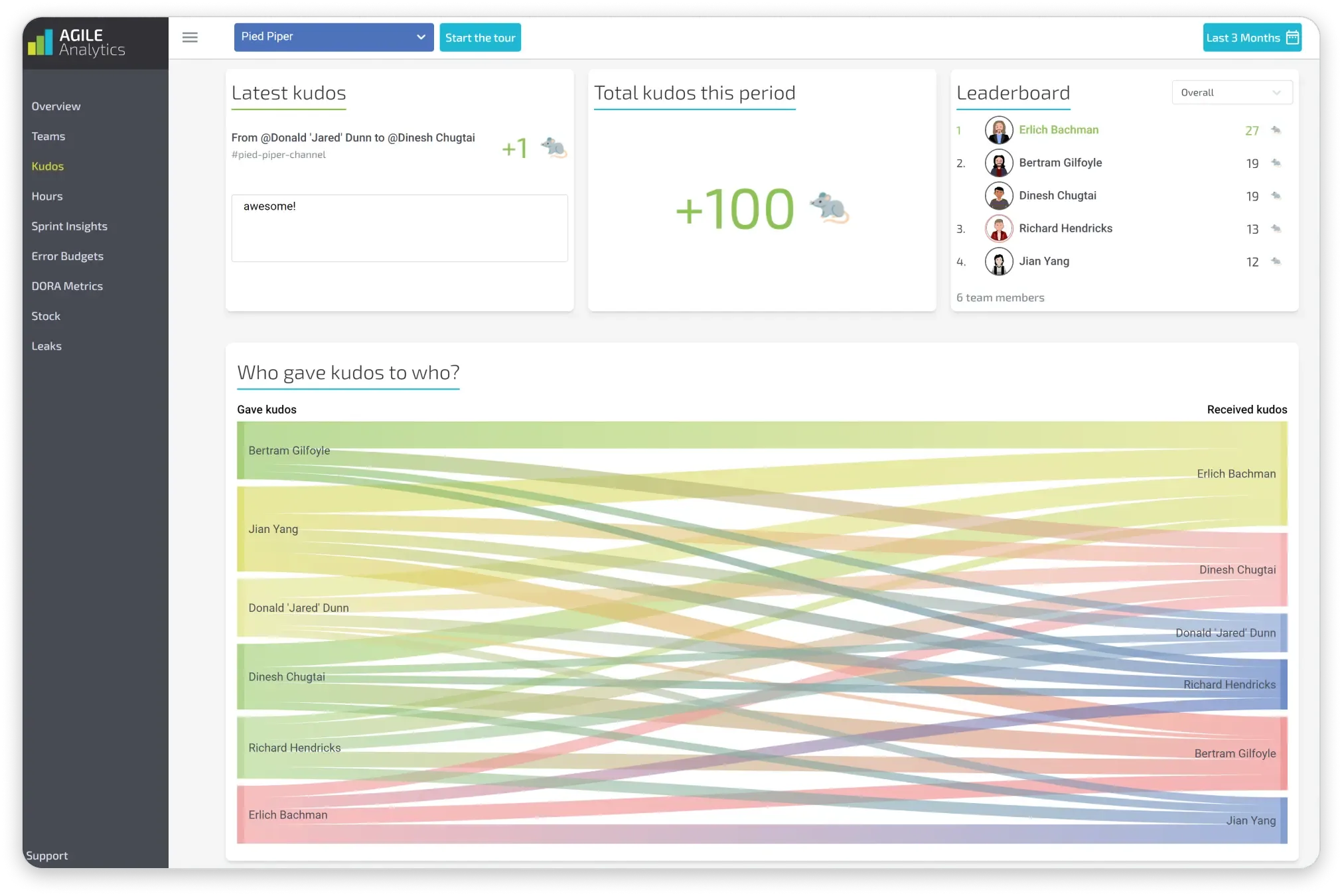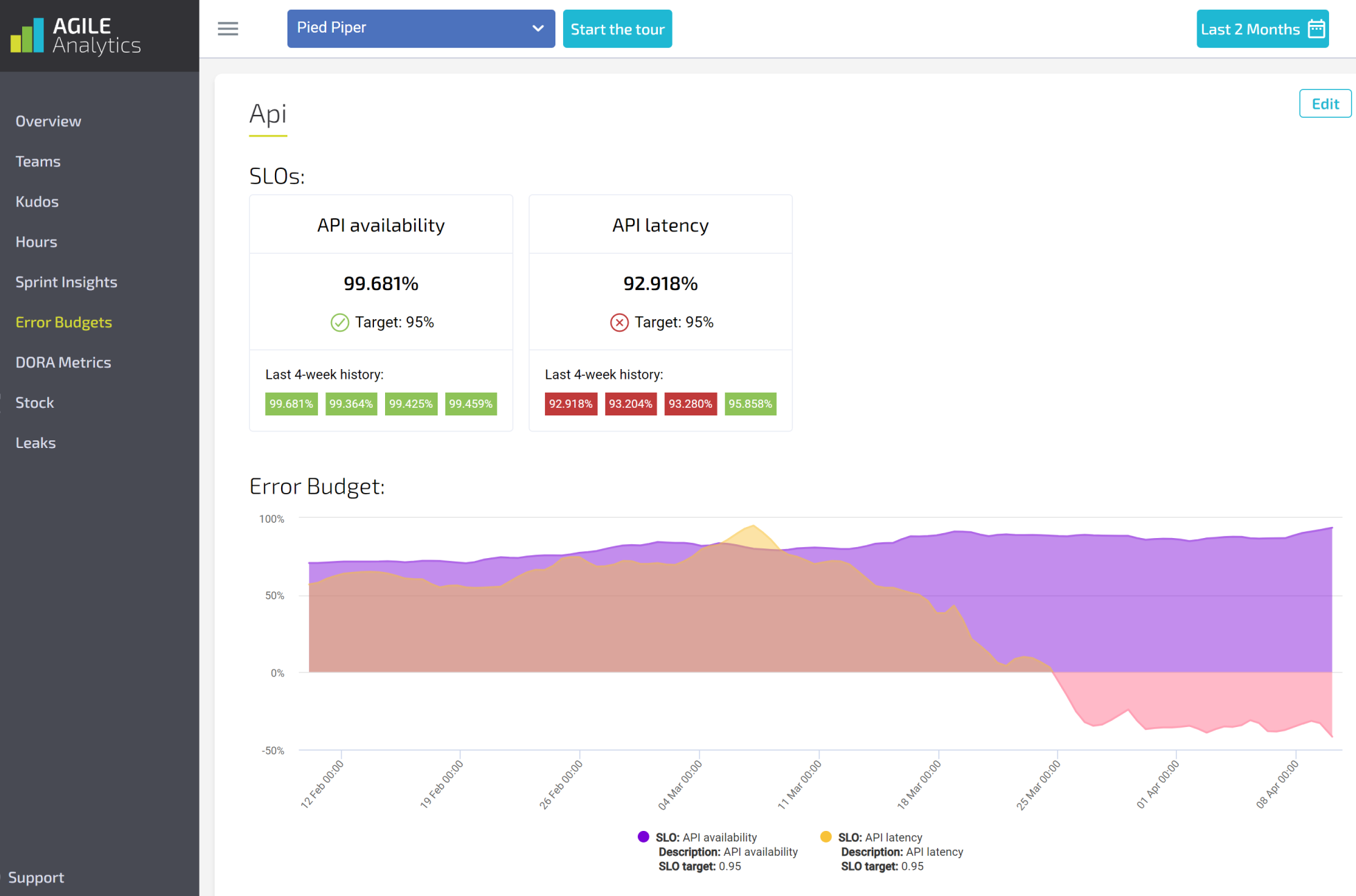Common Bottlenecks in Software Development (and How to Identify Them)

Published on 4 February 2025 by Zoia Baletska
Efficient software development is vital for timely delivery and cost-effective projects. Yet, bottlenecks often slow down progress, affecting timelines, team morale, and quality. Let’s explore the common bottlenecks in software development, how to identify them, and how to address them effectively.
Bottleneck 1: Lack of Clear Requirements
Without clear requirements, development teams often end up revisiting and reworking tasks, leading to wasted time and resources. Misaligned expectations between stakeholders and developers can exacerbate this issue. To identify this bottleneck, monitor the frequency of requirement changes and missed expectations.
Key signs to watch for include:
-
Frequent misunderstandings or disputes over project scope.
-
A high number of revisions and updates to original requirements.
-
Delayed development cycles caused by clarification requests.
To address this, ensure clear communication with stakeholders. Use tools like Agile Analytics to document and track requirements, promoting better alignment and reducing ambiguity from the outset.
Bottleneck 2: Poor Collaboration Among Teams
Development projects often involve multiple teams, such as frontend, backend, and QA. Poor collaboration can lead to misaligned goals and increased errors. Identifying this bottleneck involves observing inter-team communication and tracking the number of bugs introduced due to misaligned work.
Signs of poor collaboration include:
-
Teams working in silos without shared goals.
-
Miscommunication leading to duplicated efforts or gaps.
-
Delays caused by dependencies between teams not being met.
Encourage a collaborative culture by implementing Agile workflows and tools that foster transparency and teamwork. Agile Analytics offers insights into team performance, highlighting areas for improvement in collaboration.

Kudos in Agile Aanlytics
Bottleneck 3: Inefficient Code Reviews
While code reviews are essential, inefficient processes can delay progress. Teams may spend excessive time on back-and-forth discussions or wait too long for feedback. To identify inefficiencies, track the time taken to complete code reviews and the frequency of stalled pull requests.
Indicators to watch for:
-
Prolonged delays between code submission and review completion.
-
High rejection rates due to unclear standards or guidelines.
-
Increased frustration among developers over lengthy review processes.
Streamline code reviews by setting clear guidelines and using automation tools where possible. Platforms like Agile Analytics can help identify patterns in delays, enabling teams to optimize their review cycles.
Bottleneck 4: Inadequate Resource Allocation
Resource mismanagement, whether it’s overburdening developers or underutilizing tools, is a significant bottleneck. To identify this, analyze workload distribution and tool usage across teams.
Signs of inadequate resource allocation include:
-
Overwhelmed developers missing deadlines.
-
Underutilized team members leading to uneven productivity.
-
Reliance on outdated tools that hinder efficiency.
Regularly assess team workloads and tool effectiveness. Agile Analytics provides detailed metrics on resource usage, enabling managers to allocate tasks and tools more effectively to maintain balanced workflows.

Error Budgets in Agile Analytics
Bottleneck 5: Delayed Testing and QA
Delays in testing often lead to late-stage bug discoveries, disrupting timelines. To identify this bottleneck, examine the time gap between development and testing phases and monitor the number of bugs found during production.
Key factors to note include:
-
Testing teams overwhelmed with last-minute work.
-
High numbers of bugs escaping into production.
-
Feedback loops between developers and testers being slow.
Adopt a shift-left approach to integrate testing earlier in the development lifecycle. Agile Analytics can track testing timelines and bug rates, ensuring smoother QA processes and faster issue resolution.
Bottleneck 6: Insufficient Feedback Loops
Effective software development relies on continuous feedback. Without proper loops, teams struggle to adapt and improve, leading to recurring issues. To identify this, assess the time it takes to collect and act on feedback.
Challenges to look out for:
-
Feedback reaching teams too late to make meaningful changes.
-
Recurring errors in deliverables.
-
Stakeholders expressing dissatisfaction despite regular updates.
Encourage iterative development cycles and leverage platforms like Agile Analytics to gather and analyze feedback promptly. By addressing feedback early, teams can minimize disruptions and align with stakeholder expectations.
Bottleneck 7: Dependency Management Issues
Dependencies between teams, tools, or external systems can severely hinder progress. To identify this, track project delays and analyze their root causes related to dependencies.
Indicators of dependency problems include:
-
Projects stalled waiting for external inputs or approvals.
-
Frequent conflicts over resource priorities.
-
Repeated delays caused by integration challenges.
Use Agile Analytics to map and monitor dependencies, enabling proactive risk management and ensuring smoother workflows.
From Bottlenecks to Breakthroughs
Recognizing and addressing bottlenecks is crucial to maintaining efficient and successful software development processes. By leveraging tools like Agile Analytics, teams can gain actionable insights into their workflows, streamline operations, and ultimately deliver higher-quality software on time and within budget. Take advantage of Agile Analytics to identify bottlenecks, improve team collaboration, and optimize your development cycles.
Supercharge your Software Delivery!
Implement DevOps with Agile Analytics
Implement Site Reliability with Agile Analytics
Implement Service Level Objectives with Agile Analytics
Implement DORA Metrics with Agile Analytics





